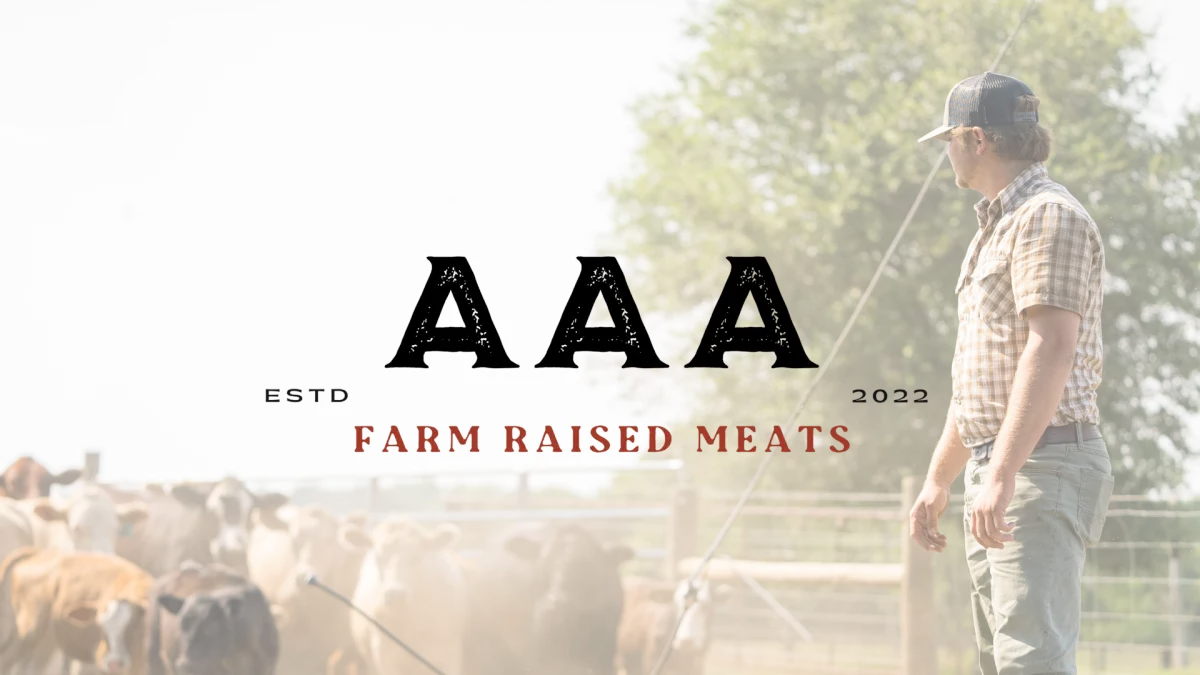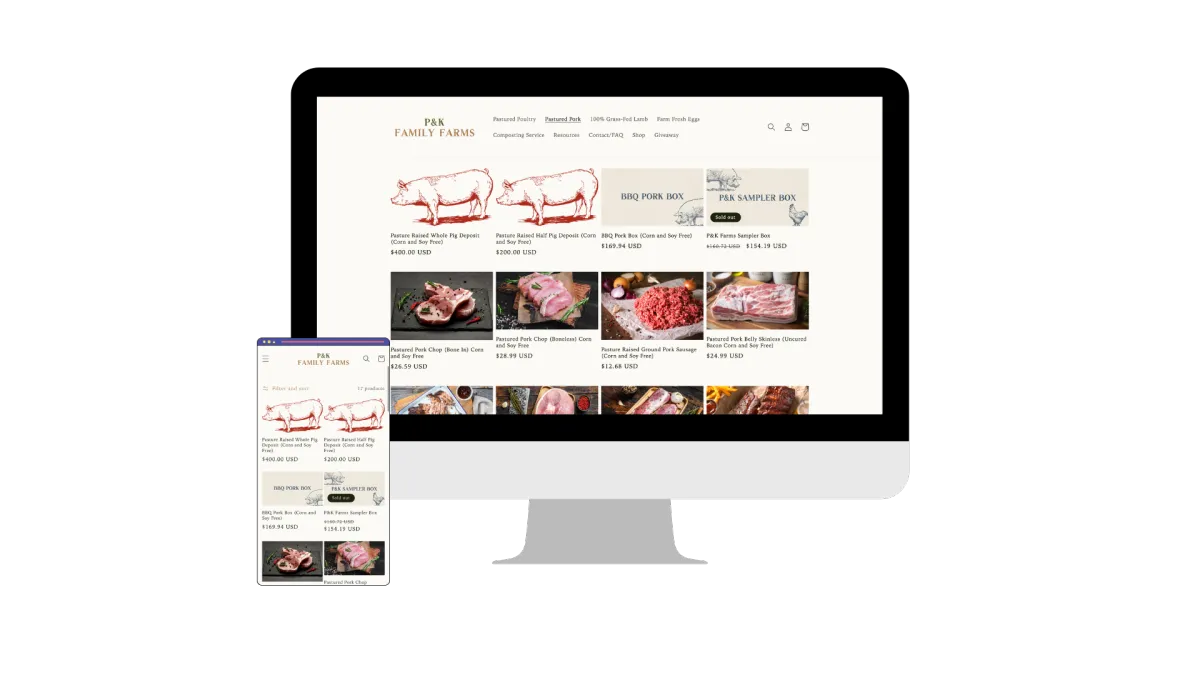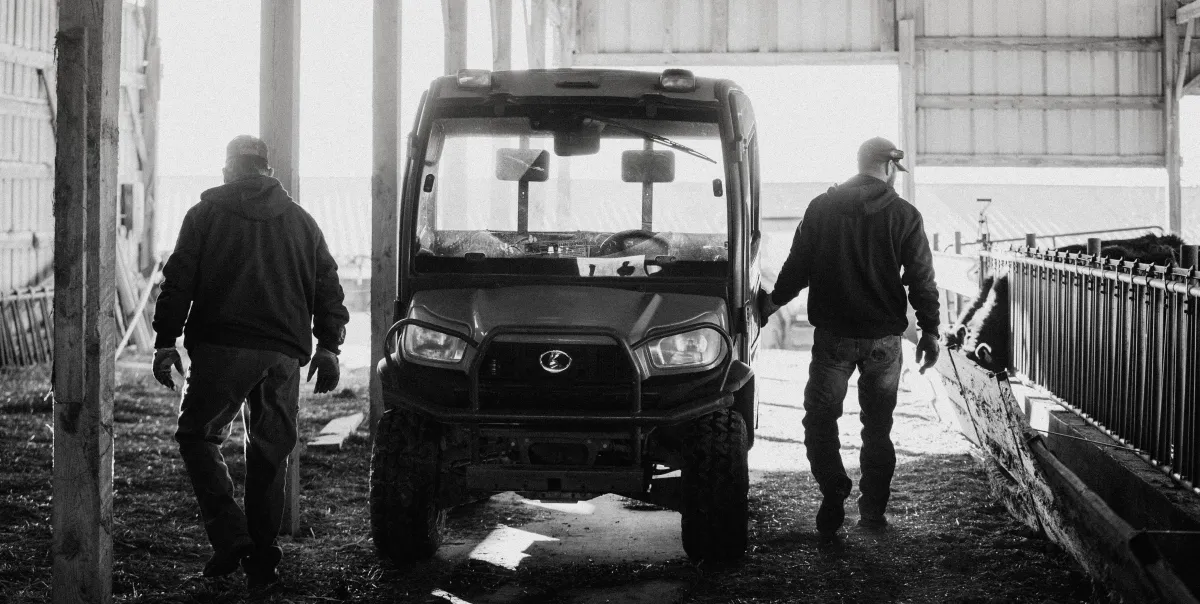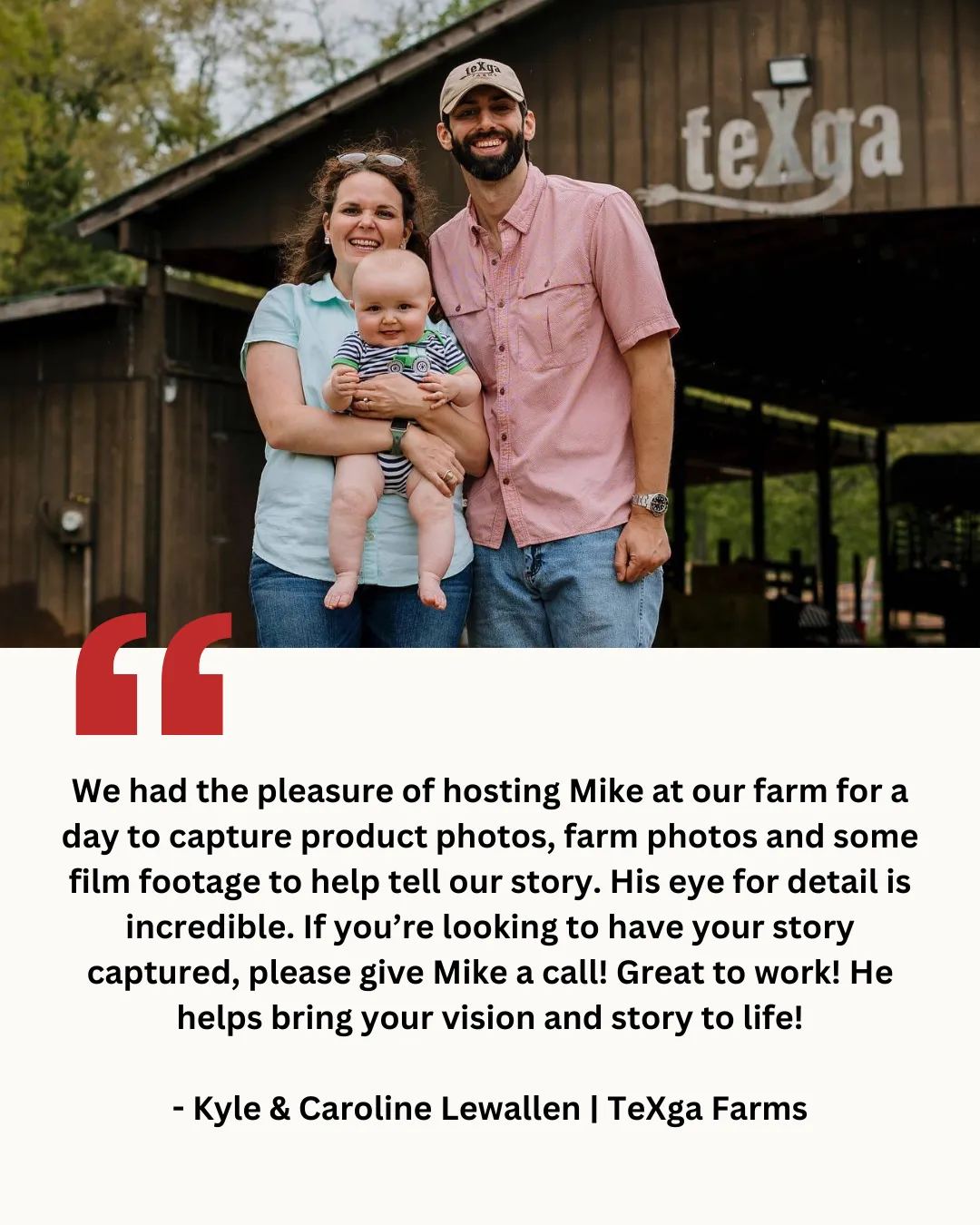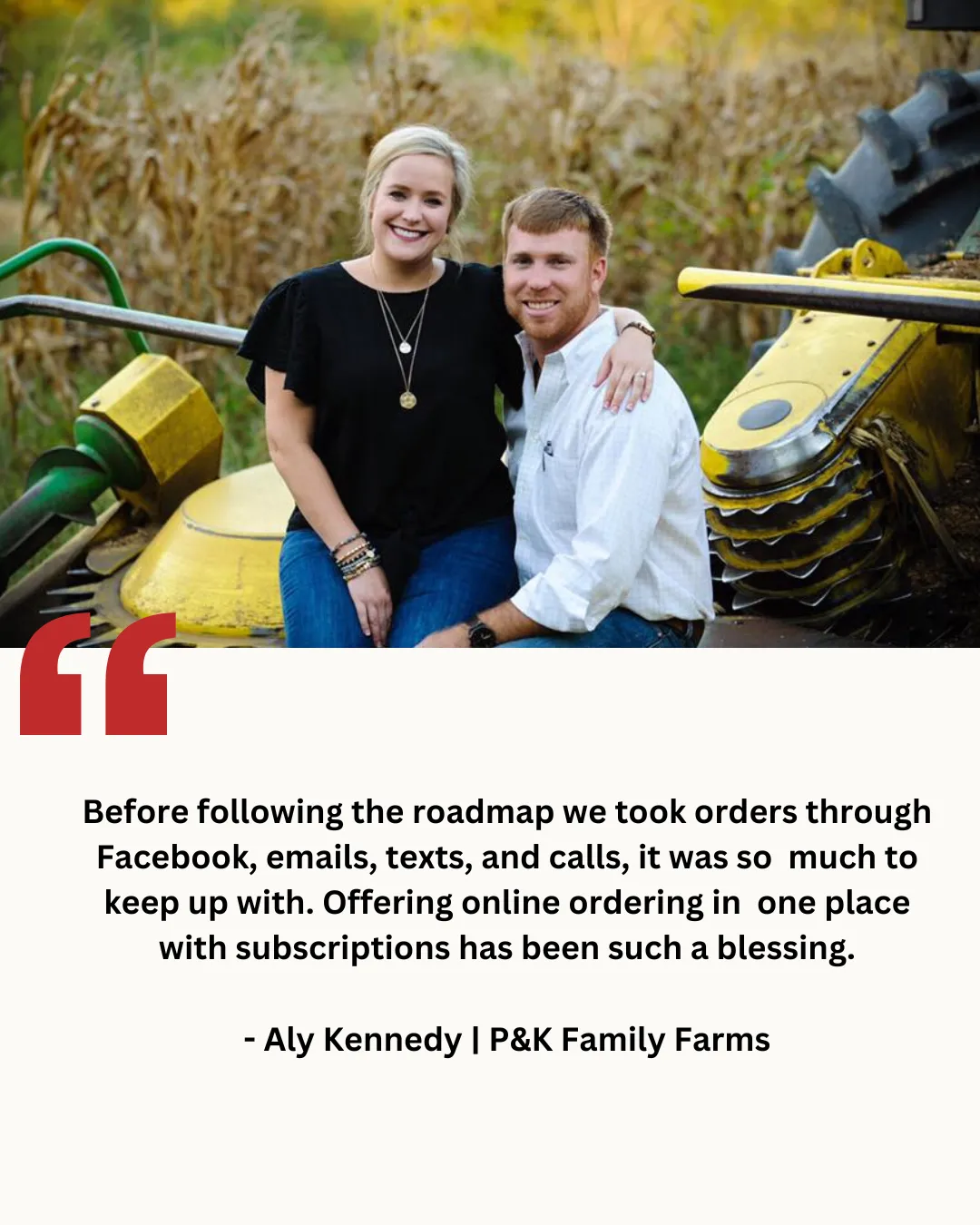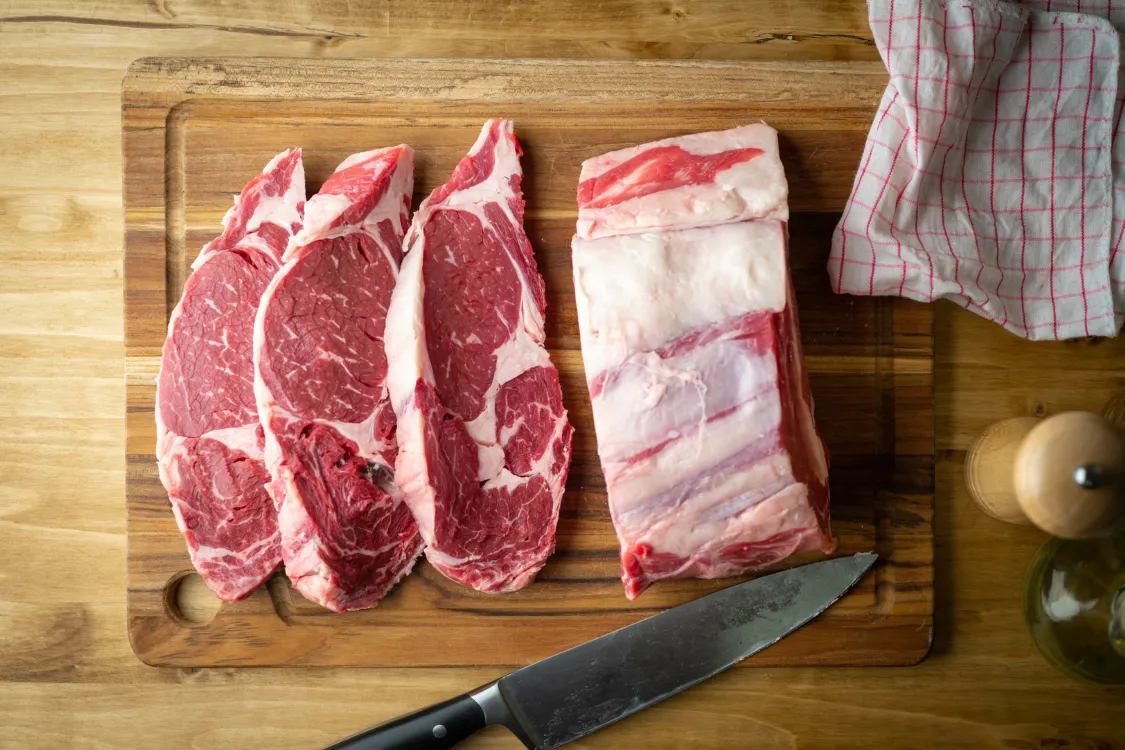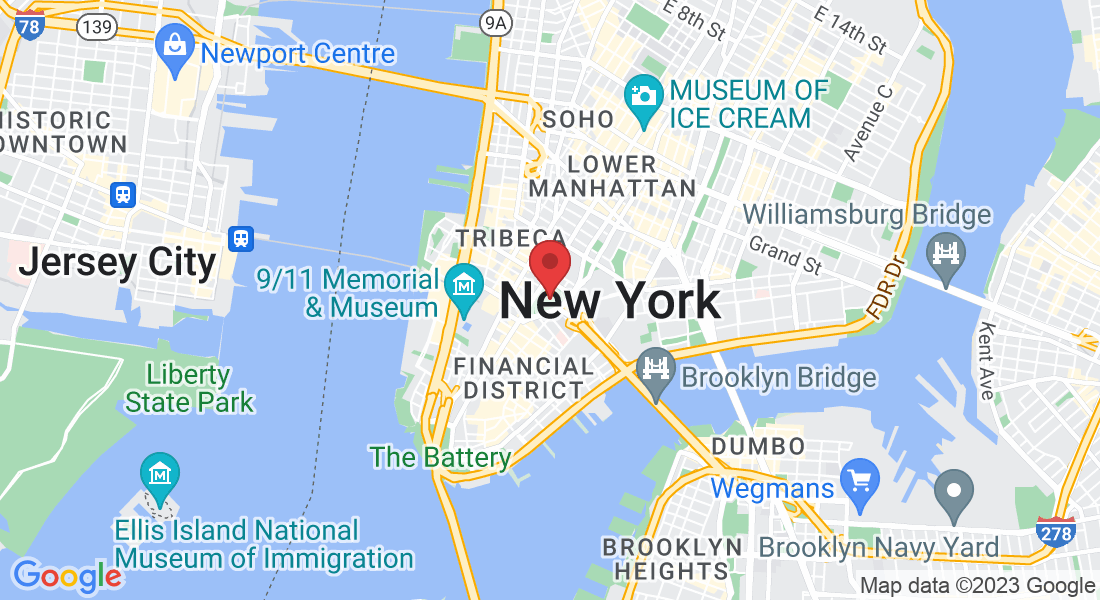Overview
For ranchers hesitant to price their sustainably-raised beef at premium levels, understanding the psychology behind consumer willingness to pay more is essential. This guide explores why today's conscious consumers aren't just willing to pay 35% more for sustainably-raised beef—they actually expect it. By understanding the key psychological drivers behind premium purchasing decisions, you can confidently price your products to reflect their true value, improve your profitability, and strengthen customer loyalty. Learn how successful ranchers are leveraging transparency, storytelling, and quality signals to command prices that properly value their superior products.
Why Premium Pricing Signals Quality (Not Just Expense)
When it comes to sustainably-raised beef, a counterintuitive truth often surprises new direct-market ranchers: pricing too low can actually reduce sales rather than increase them. This phenomenon is explained by price-quality signaling theory, which demonstrates that consumers use price as a proxy for quality when evaluating products.
In a fascinating study of consumer behavior, researchers found that when identical grass-fed beef was presented at different price points, participants consistently rated the higher-priced samples as tastier, more tender, and healthier—despite being the exact same product. This psychological effect is even stronger for products with ethical or health attributes, such as sustainably-raised meat.
For consumers seeking premium quality meat, prices that seem "too good to be true" trigger skepticism rather than excitement. When your sustainably-raised beef is priced similarly to conventional supermarket options, potential customers don't perceive it as a bargain—instead, they question whether your practices are truly as sustainable as claimed.
Successful ranchers understand this dynamic and price their products at a level that accurately signals their quality. Most direct-market operations find that a premium of 30-40% above conventional retail prices properly positions their beef in the market while reflecting the true costs and value of their production methods.
The Power of Story: What Consumers Are Really Buying
When customers purchase your sustainably-raised beef, they're buying far more than just protein—they're buying a story they can believe in and share with others. In today's disconnected food system, this narrative has become as valuable as the physical product itself.
The Transparency Deficit in Conventional Beef
The modern beef supply chain has become increasingly opaque to consumers. Despite country-of-origin labeling requirements, loopholes allow beef products processed in the U.S. but raised elsewhere to bear a "Product of USA" label. This lack of transparency creates significant consumer uncertainty about:
Where their meat actually comes from (potentially overseas)
How the animals were raised and treated
What they were fed throughout their lifecycle
The environmental impact of the production methods
The use of antibiotics, hormones, and other interventions
This information void creates a powerful opportunity for direct-market ranchers who can provide complete transparency about their practices.
Your Story as a Premium Value-Driver
The most successful ranchers leverage their story across all customer communications. The elements that resonate most strongly with premium buyers include:
Connection to Place Specific details about your land, its history, and your stewardship practices create a sense of terroir that consumers value highly.
Faces Behind the Food Introducing the people involved in raising the animals—family members, ranch hands, even your veterinarian—humanizes your operation and builds trust.
Production Transparency Clear explanations of your raising practices, feeding protocols, and processing standards allow customers to visualize the journey from birth to plate.
Values Alignment Articulating your values around animal welfare, environmental stewardship, and community impact allows customers to align their purchases with their personal beliefs.
One Montana ranch attributes their ability to maintain prices 40% above conventional retail to their commitment to storytelling. Every package includes a QR code linking to seasonally updated videos of their specific animals on pasture. This tangible connection to their food source justifies the premium for their customers.
The Reassurance Effect: When Higher Prices Reduce Risk
For consumers navigating premium food purchases, pricing plays a critical psychological role in risk reduction. This may seem counterintuitive—how could paying more actually feel less risky?
The Hidden Risk Calculation
When evaluating sustainable beef options, consumers perform an unconscious risk assessment that weighs:
The financial risk of overpaying
The health risk of choosing a lower-quality product
The ethical risk of supporting practices that don't align with their values
The social risk of serving inferior food to family and friends
When prices are unusually low for a premium category, consumers instinctively sense a potential problem. They wonder: "What corners were cut to achieve this price?"
Premium Pricing as Risk Reduction
A well-calibrated premium price actually reduces perceived risk by:
Confirming expectations about sustainable production costs
Signaling confidence in product quality
Suggesting strict adherence to ethical standards
Providing status affirmation for discerning consumers
A Colorado ranch tested this principle by offering the same quarter beef package at three different price points across different marketing channels. The highest-priced offer ($8.95/lb) outperformed both the medium ($7.50/lb) and low ($6.25/lb) options in both conversion rate and customer satisfaction—despite being identical products.
Setting Prices That Match Consumer Expectations
Understanding the psychology of premium pricing allows you to confidently set prices that reflect the true value of your products. Here's a framework for establishing price points that meet consumer expectations while ensuring profitability:
Step 1: Calculate Your True Cost Basis
Before considering market positioning, ensure you understand your actual costs:
Direct production costs (feed, veterinary, etc.)
Processing and packaging expenses
Marketing and distribution costs
Fair compensation for your time and labor
Land stewardship investments
Appropriate profit margin for reinvestment
Many ranchers discover they've been underestimating their true costs by 15-30% when they conduct a comprehensive analysis.
Step 2: Research Market Price Benchmarks
Understand the relevant price anchors in your market:
Conventional grocery store beef prices
Local butcher shop prices for similar cuts
Farmers' market prices for comparable products
Online direct-to-consumer ranch prices
Specialty retailer prices (Whole Foods, etc.)
For each channel, note both the price points and the story/claims accompanying them.
Step 3: Position Your Pricing Based on Value Signals
Rather than simply adding a fixed percentage to conventional prices, consider how different price points signal different value propositions:
15-20% Premium Signals: Better than conventional, but not fully sustainable Consumer perception: "Slightly better than the grocery store"
25-35% Premium Signals: Sustainable practices, superior quality Consumer perception: "Worth paying more for quality and values"
40-60% Premium Signals: Exceptional quality, beyond organic standards Consumer perception: "Premium specialty product"
60%+ Premium Signals: Ultra-premium, unique attributes Consumer perception: "Luxury food experience"
Most successful direct-market ranchers find the 30-45% premium range optimally balances perceived value with market accessibility.
Step 4: Create Appropriate Price Differentiation
Develop a pricing structure that creates clear quality signals across your product line:
Premium cuts should carry appropriately higher margins
Bundle packages should offer modest volume discounts (5-10%)
Subscription programs can offer loyalty pricing (10-15% discount)
Limited edition or seasonal specialties should carry premium pricing
This differentiation reinforces the quality hierarchy within your offerings while providing options for different customer segments.
Implementation Strategy: Transitioning to Premium Pricing
If you're currently underpricing your sustainably-raised beef, transitioning to premium pricing requires a strategic approach:
For New Customers:
Implement new pricing immediately with enhanced value communication
Create comparison charts showing your practices versus conventional production
Develop detailed FAQ addressing the value behind your pricing
Offer satisfaction guarantees to reduce purchase anxiety
For Existing Customers:
Provide 30-60 days notice before price adjustments
Explain the specific investments and improvements supporting the change
Offer legacy pricing on subscription programs for 3-6 months
Create loyalty benefits that add value without compromising new price positioning
One Texas ranch successfully increased their prices by 30% using a phased approach that actually increased customer retention by coupling the price change with enhanced education about their regenerative practices.
Conclusion
The psychology of premium pricing reveals an important truth for direct-market ranchers: your sustainably-raised beef isn't just worth more—consumers actually expect to pay more for it. When customers seek out alternatives to conventional beef, they're not primarily looking for bargains; they're looking for quality, transparency, and alignment with their values.
By understanding the psychological drivers behind premium purchasing decisions, you can confidently price your products at levels that properly reflect their true value. This approach not only improves your profitability but also strengthens customer loyalty by matching their expectations about the relationship between price and quality.
The most successful ranches recognize that appropriate premium pricing isn't just about covering higher production costs—it's about accurately signaling the exceptional value you provide. When your pricing properly communicates your quality story, you transform price objections into value affirmations, creating a more sustainable business model for your ranch.
Our agency specializes in helping ranchers implement these psychological pricing strategies to achieve both improved profitability and stronger customer relationships. We offer customized marketing solutions aligned with your ranch's unique story and values, from comprehensive pricing strategy development to customer communication support.
Ready to transform your ranch's pricing approach and improve your profitability? Contact us today for a free assessment to identify your highest-impact opportunities for psychological pricing optimization.



